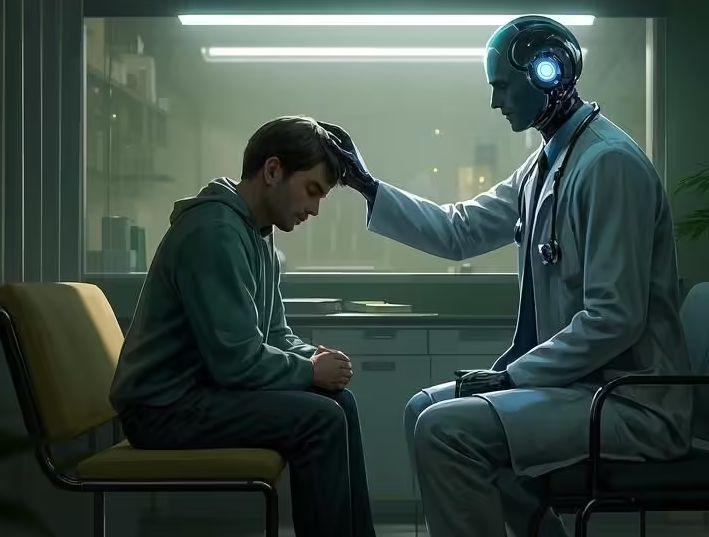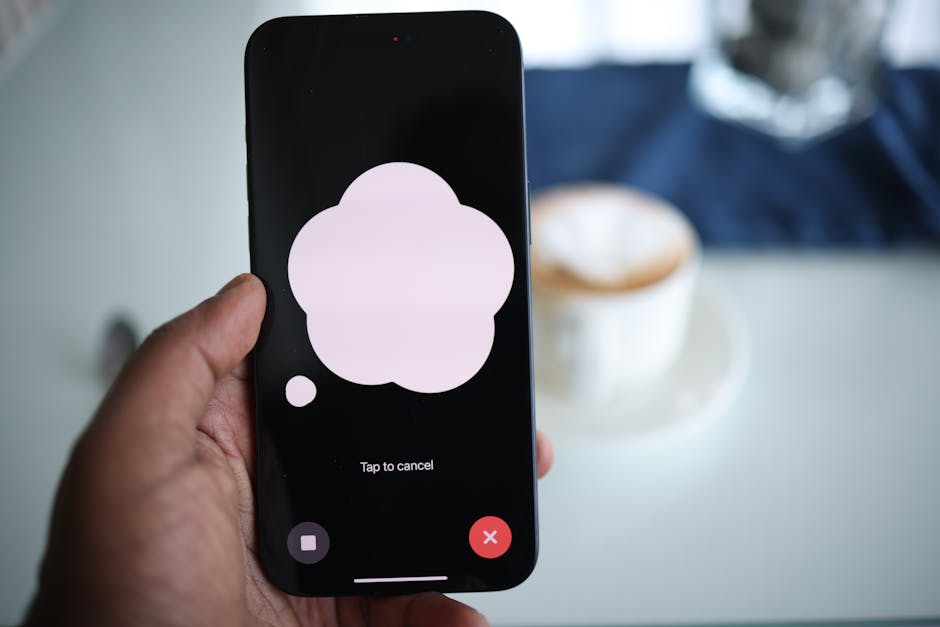-
UC study: AI models GPT - 4.5 and Llama 3.1 - 405B pass standard Turing test
April 2, 2011 - The University of California, San Diego, has released a research study that claims to provide the first "empirical evidence that an artificial intelligence system can pass the standard tripartite Turing test". The Turing test was proposed in 1950 by British mathematician and computer scientist Alan Turing, who called it "the imitation game. Turing envisioned that if a questioner could not distinguish between a machine and a human when communicating through text, then the machine might have human-like intelligence. In the three-way Turing test, the questioner is asked to engage in a conversation with a human and a machine, and accurately identify the human...- 1.8k
-
OpenAI ChatGPT passes Turing test in psychotherapy, AI more empathetic than humans
Feb. 17 - Technology media outlet The Decoder published a blog post yesterday (Feb. 16) reporting that new research says OpenAI ChatGPT passed the Turing test for the therapist field, showing that people have trouble distinguishing between ChatGPT and therapy advice provided by human therapists, and that AI responses are often perceived to be more empathetic. Note: Applying the concept of the Turing test, the researchers asked 830 participants to distinguish between ChatGPT and responses from human therapists. The results showed that participants recognized the correct rate slightly...- 1.8k
-
Research says GPT-4 passed the Turing test, 54% people mistook it for a real person
New research says more and more people are having trouble distinguishing between GPT-4 and humans on the Turing Test. According to IT Home, the Turing Test was proposed by computer scientist Alan Turing in 1950 and is also known as the Imitation Game. The test is based on whether a machine can carry on a conversation as if it were a human being, leading the other person to believe it is a real person. Researchers at the University of California, San Diego, recruited 500 participants for a five-minute session with four "interlocutors": a real person, a first-generation chatterbox from the 1960s, and a computer scientist, Alan Turing. ...- 5.2k


